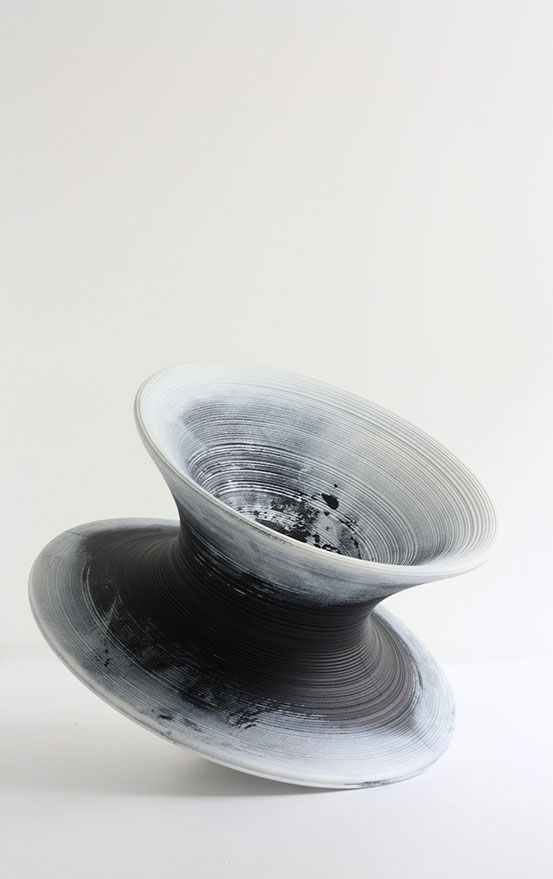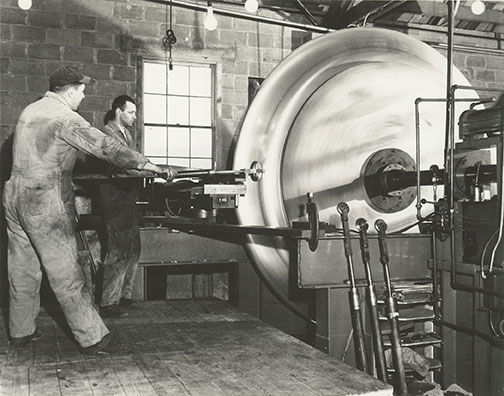CASE STUDY 1
- Shuyin Wang
- Jun 12, 2023
- 2 min read
The SPUN chair, designed by Thomas Heatherwick
It is a swivel chair that Thomas began as a way to explore whether the process of metal spinning could be used to create something to sit on, with the process of spinning creating a completely symmetrical shape (Heatherwick Studio: Design & Architecture: Spun, 2017). Compared to a typical chair, it is not like a chair, but more like a toy that people can sit on, rotate it and enjoy the process of sitting and gaining positive emotions through the process of playing. A version using rotational moulded polypropylene has been developed in a collaboration between Thomas and furniture brand Magis, unlike the original finely finished metal version of the chair, this version incorporates textural details inspired by the grooves on old vinyl records (Heatherwick Studio: Design & Architecture: Spun. 2017).
The symmetrical structure gives the chair a rotational motion, using the textured details added to emphasise the structure-directed motion. In this case, we can intuitively understand that structure is one of the main factors in enhancing the playability of furniture, bringing a sustained motion, or an interactive process, to the furniture through structure, transforming the function into a sustained interactive act, the use of furniture in a 'playful' way increases autonomy, and through the kinetic forces implied by the structure attracts or encourages the user to play with the furniture. As Thomas Heatherwick(2019) mentioned in a talk about turning emotion into a function, using the emotional value offered by the product to lead people to touch the piece and feel it like a game (Watch our talk with Thomas Heatherwick from Second Home LA | Talks | Dezeen 2019). But in the process of changing the structure, it is also necessary to consider whether it is over-gamification, the structure is fundamental to the furniture, and it is necessary to consider comfort while gamifying the structure. For domestic furniture, comfort and practicality are essential, and gamification of furniture needs to combine with concrete functions. In the case of the SPUN chair, which is a chair for outdoor use, the playfulness of the chair is more significant than the practicality of its function, thus depending on the context in which the furniture is used, the intensity of the gamification needs to be adapted to the specific needs.






Comments